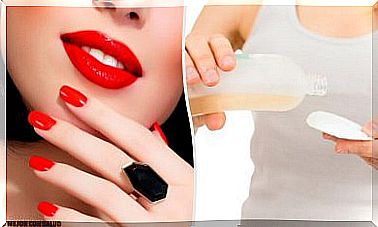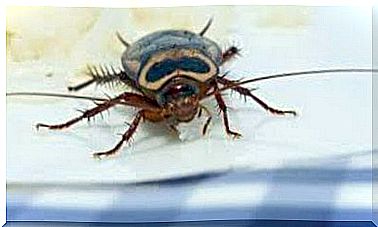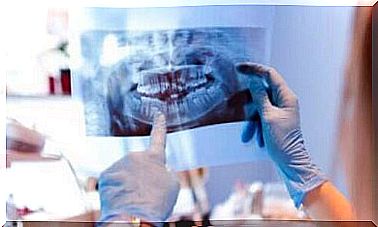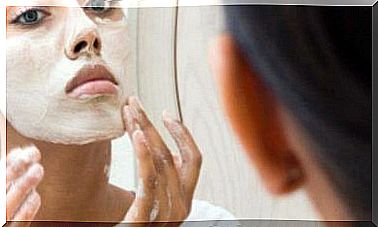Do Bottles And Pacifiers Harm Our Babies?
If a mother cannot breastfeed her baby, then she has to forcibly use a bottle and a teat. However, it should not be done for more than a year or two.
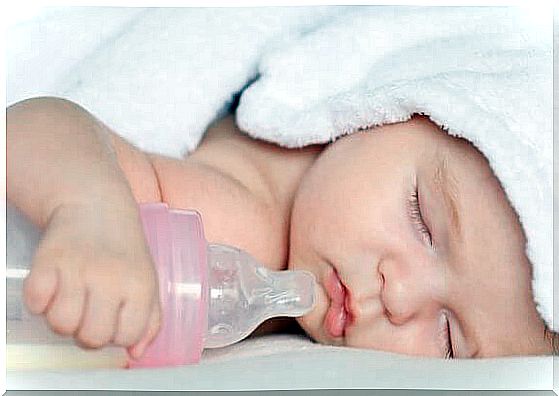
Very often babies are given the bottle and the teat. There are parents who choose to use both, others prefer only one or the other, and then there are those who forego those two items.
There is a lot of controversy about the effects on baby health on this issue. Some claim that both items are essential to calm and nourish the little one. But there are also opposing opinions.
The use of bottles and teats is very common these days. While they are certainly beneficial in certain ways, they also have negative effects.
In the following article we would like to share with you some facts about the use of bottles and pacifiers.
How do the teat and the bottle work?
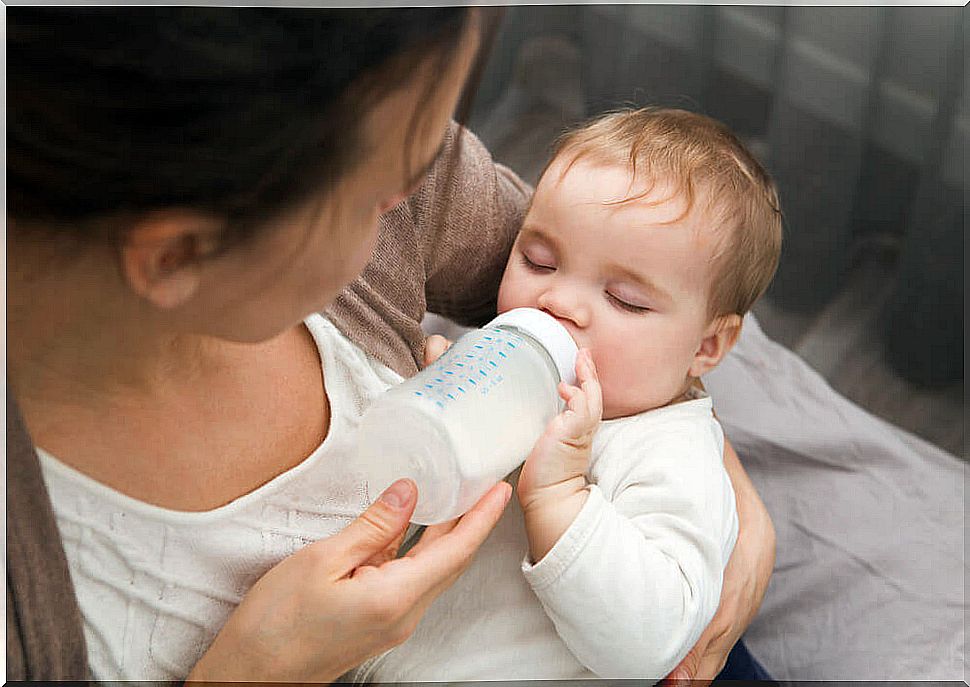
The use of these sucking objects is linked to the baby’s natural sucking reflex. This reflex occurs in the 32nd week of pregnancy, but is only fully developed after the 36th week.
The interaction of the sucking and swallowing reflex ensures the baby’s survival. Thanks to him, it can feed itself and at the same time sucking also calms the baby when it becomes fidgety. That’s why babies suckle their thumbs to calm themselves down.
These reflexes appear around six months. They use the baby to suck on the mother’s breast, on which it feeds and finds peace. If breastfeeding is not possible, the baby uses the reflexes to feed through the bottle and to calm the teat.
Why do you use bottles and teats?
Breastfeeding mothers who want to bottle the baby do not always get the best results. The baby obviously prefers the mother’s breast not only to feed, but also to find the peace and security it needs there.
In the case of babies who cannot be breast-fed, bottles and teats are used. The former is used to feed the babies and the latter is used to calm the baby.
Pediatricians often have conflicting opinions about the age up to which a baby should be given a bottle and pacifier.
Some say until the first year of life is completed. Others accept that the vial can be used for up to 18 months and the teat for up to 2 years. After that, they are superfluous.
Why can they have negative effects?
It is easier to suckle on the bottle than on the mother’s breast. However, because the milk comes out on its own, it can reduce the tension in the muscles of the tongue and lips and make the cheeks grow excessively.
When the baby sucks on the nipple, there is 10% more movement. It is placed in the back of the mouth. This requires coordination between cheek and tongue movements in order to suck the milk out.
As the baby grows, sucking and swallowing cease to be reflexes. Slowly they become voluntary movements because they are needed to chew and eat. All parts of the face that are associated with speaking also develop here.
What are the consequences of prolonged use of the bottle and teat?
A child who is fed with the bottle has to invent suction, swallowing and breathing patterns himself in order to get the correct dose of milk from the bottle and to swallow it without choking.
However, prolonged use has an impact on the child’s development.
- Risk of inhalation of the food. The muscular reorganization can lead to belching and inhalation of the milk.
- Prolonged apnea episodes. Babies fed breast milk substitutes sleep more deeply. This can lead to prolonged pauses or shallow breathing while the baby is sleeping.
- The polyps can become blocked due to the abnormal swallowing. This can lead to ear and airway infections.
- The baby gets used to breathing through the mouth. Because of the constipation, the child has to breathe through the mouth. This leads to breathing problems, airway inflammation, decreased hearing, changes in the development of the chest and jaw.
- Changes in the posture of the neck and head and the vertical axis of the body. The poor functioning of the tongue and jaw creates an improper posture of the head and neck in relation to the waist and the vertical axis of the body to compensate for the dysfunction.
- The development of the jaw and teeth is impaired. If a baby is breastfed with a bottle, the suction force of the vacuum does not occur. However, this is very important for the balance of the inner (tongue and palate) and outer (lips and cheeks) muscle tension.
- There is a higher risk of tooth decay because the bottle is usually given just before going to sleep. The sugar or sugary ingredients in mother’s milk get stuck in the teeth because the baby falls asleep immediately and you can no longer brush them.
- As the muscles of mastication do not develop properly, pronunciation is difficult. This can cause toddlers to start speaking later.
I cannot breastfeed: what to do?
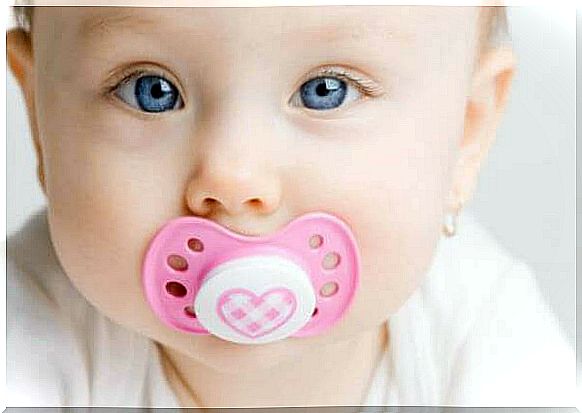
If you really can’t breastfeed, it is best to use the bottle and teat for as short a time as possible. There are even mothers who use sippy cups or small spoons and skip the teat entirely. Think about if this could work for you and your baby.
It is important to avoid bedtime use, or it may lead to addiction that turns into a habit that lasts for more than two years.
If you use the bottle and teat too much, it can happen that the child later needs braces or a speech therapist. This doesn’t always happen, but it does increase the likelihood.



